Car tyres are essential components that directly impact the safety and performance of your vehicle. Regular maintenance and knowing when to replace your tyres are vital to ensure a smooth and safe driving experience. This article provides a comprehensive guide on when to change your car tyres, discussing the signs and factors to consider for a timely replacement.
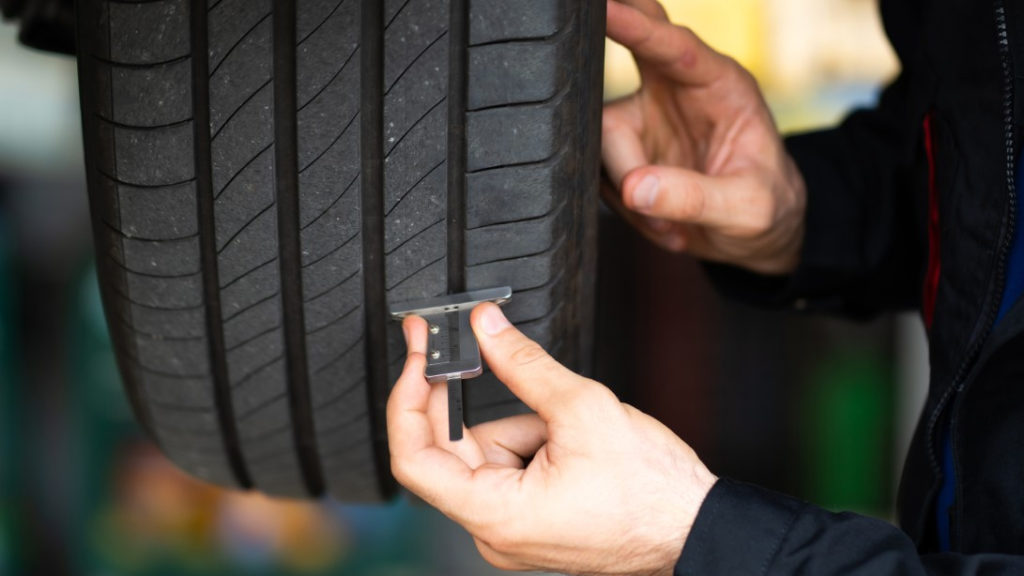
Tread Depth
One of the most critical factors to consider when deciding to change your car tyre is the tread depth. Tyre tread is the pattern on the rubber surface that makes contact with the road. Over time, due to wear and tear, the tread depth reduces which results in less grip and traction. This could lead to aquaplaning on wet roads. You can avoid this by checking the tyre tread depth indicator.
Car tyre tread depth indicators, also known as wear bars, are small raised bars strategically placed within the tread grooves of a car tyre. The most common indicator is the 1.6mm mark, signifying the legal minimum tread depth. When the tread wears down to this level, it’s time for a replacement. These indicators are easily visible, located between the tread grooves, and help drivers determine tyre wear.
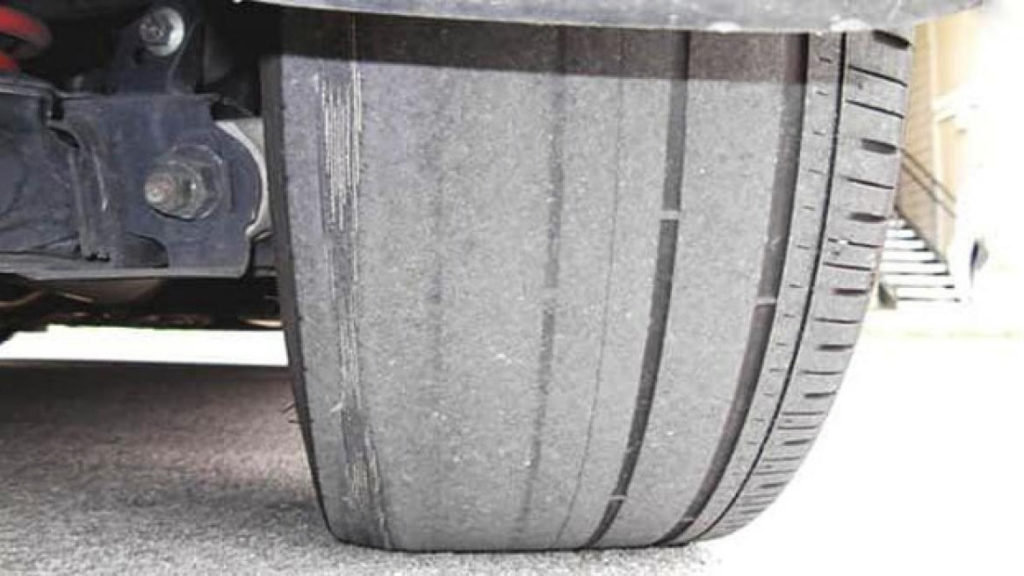
Uneven Tyre Wear
Uneven tyre wear is a common issue that car owners may encounter, and it can significantly affect the performance, safety, and lifespan of tyres. It occurs when different parts of the tyre wear at different rates, resulting in an irregular tread pattern. Although the tyre depth indicator may seem fine on the outer ring of the tyre, it may be worn out on the inside. So, it is critical to check for tyre wear at different locations and replace the tyre if necessary.
Poor wheel alignment, improper tyre inflation, Irregular tyre rotation, and suspension issues could lead to uneven tyre wear. If you notice uneven tyre wear, it is advised to seek professional help and get the issue sorted before getting a fresh set of tyres.
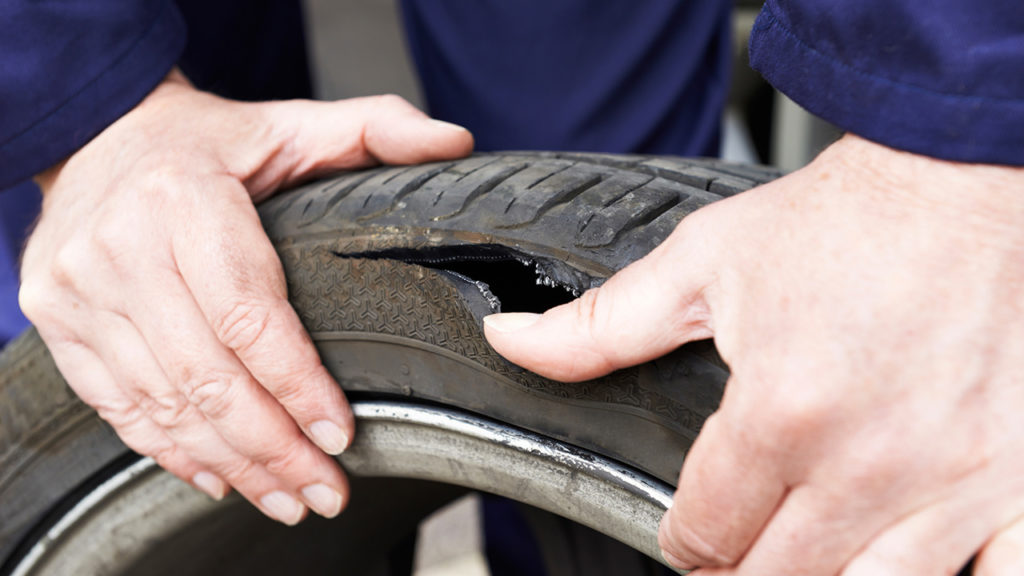
Visible Damage
Regularly inspect your car’s tyres for visible damage, such as cuts, bulges, or cracks. These can be caused by hitting potholes, curbs, or debris on the road. If you notice any such damage, it’s crucial to have the tyre examined by a professional. Driving with damaged tyres can lead to sudden blowouts and jeopardize your safety.
Age Of The Tyre
Even if your car tyres appear to be in good condition, age can be a factor in their performance. Generally, the car tyre’s lifespan is around five years. However, in the UAE, car tyres cannot be older than 4 years. Cars with tyres older than four years will not pass RTA’s (Road & Transport Authority) yearly inspection required to renew the registration of your car.
The reason behind this rule is the extremely hot weather conditions experienced in the UAE. The road temperatures range around 65 degrees, which increases the wear and tear of tyres, making them more susceptible to damage and deterioration. Using older tyres in such conditions can be dangerous, particularly when driving at speeds, especially in summer.
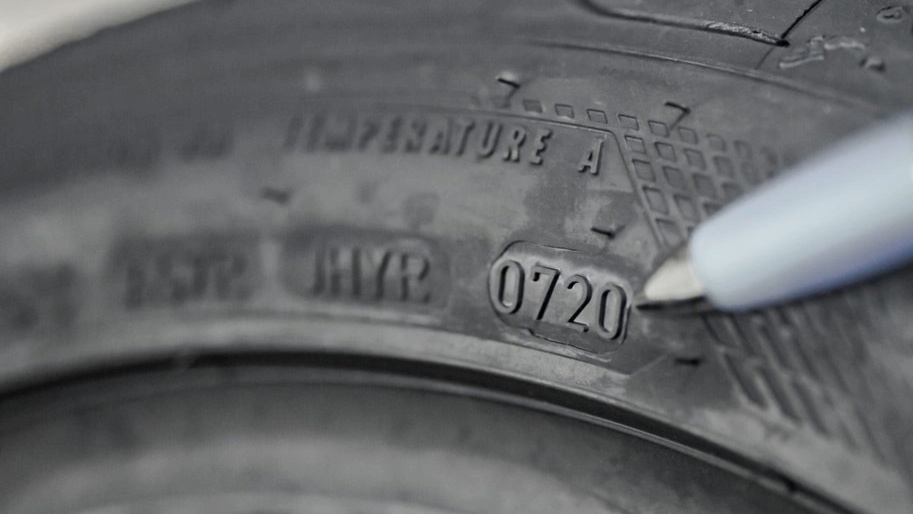
To check the tyre’s age look at the sidewall of your tyre for a four-digit code. The first two numbers represent the calendar week (1 to 52 weeks), and the last two figures indicate the year of manufacture. New to cars? Here is a beginner’s guide to automotive terms that will make you confident to talk cars.

Vibrations & Unusual Noises
If you experience vibrations while driving, it could be a sign of tyre wear or an issue with the wheel alignment. Unusual noises, such as thumping or excessive road noise, can also be an indication that your tyres need replacement. These symptoms may arise due to irregular wear, and addressing the problem promptly can prevent further damage to your vehicle. Want to get your vehicle checked? Here is a list of services offered by Tasjeel car testing centres in the UAE.

Seasonal Changes
In regions with distinct seasons, car owners often switch between summer and winter tyres. However, in the UAE, all-season tyres are preferred to ensure optimal performance year-round. Occasionally, cars imported from the USA or UK may have winter tyres, which are unsuitable for the UAE’s hot road temperatures. We advise checking your car’s tyres and replacing them with all-season ones for trouble-free driving in any season.
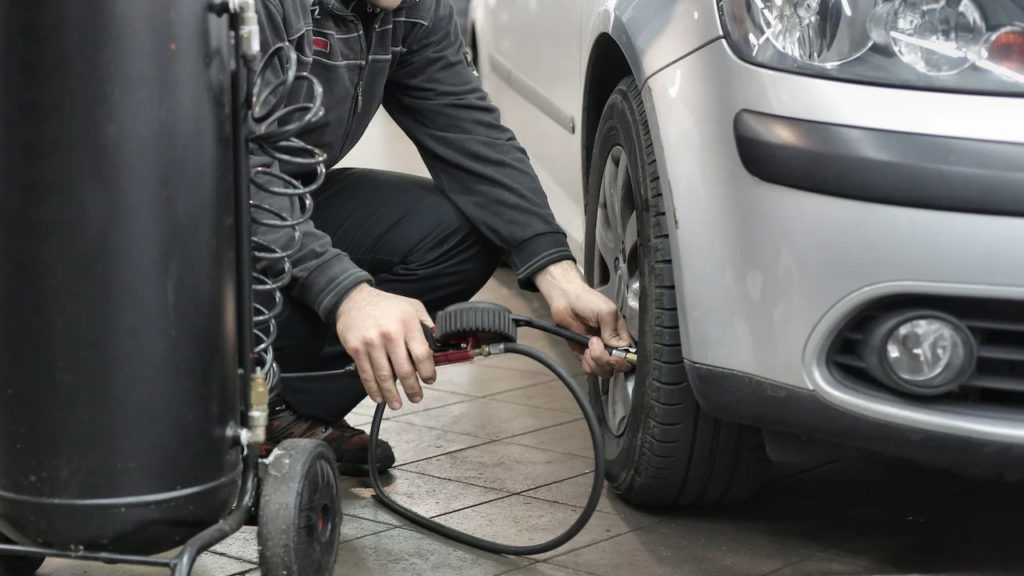
Should You Use Regular Air Or Nitrogen?
Although it is not related to tyre replacement, this will help in increasing the longevity of your tyres.
- Using regular air for car tyres can lead to fluctuations in tyre pressure due to temperature as it contains moisture.
- On the other hand, nitrogen is a dry and stable gas that maintains more consistent tyre pressure over time, resulting in improved fuel efficiency and prolonged tyre life.
- Filling tyres with Nitrogen during summer will help maintain a cooler temperature for the tyre.
Knowing when to change your car tyre is essential for your safety and the overall performance of your vehicle. Regularly inspect your tyres for signs of wear, damage, and age. Monitor the tread depth and be aware of any changes in your car’s handling or unusual noises. By paying attention to these factors and promptly replacing worn-out tyres, you can ensure a safe and comfortable driving experience on the road. Check out used cars on sale in the UAE and new cars on sale in the UAE.
Also Read:
The post When To Change Your Car Tyre? A Comprehensive Guide appeared first on DubiCars Blog.
from DubiCars Blog https://ift.tt/C1y7T3h
https://ift.tt/EeNdg1Z